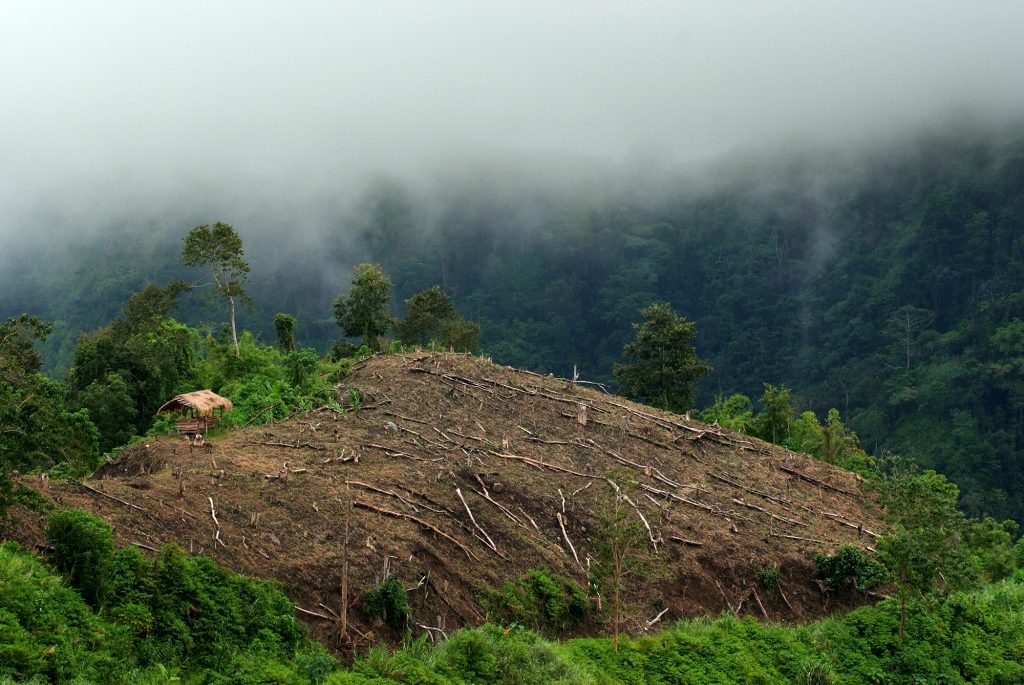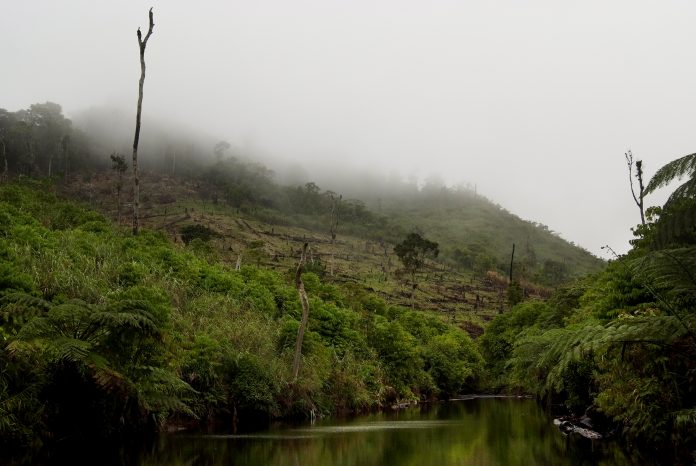What a happy world it would be if all its living species lived in harmony — plants, animals and humans. It’s a utopian dream, some say, impossible in this world of modern urban living, say others. It does happen.
In the last remaining forests of the Amazon, indigenous people have lived for centuries in isolation and in close dependency and in harmony with nature. Now they, together with the plants and animals, are being driven to extinction.
The rain forests are being burnt, the wild animals are dying with less habitat and food and the indigenous people are being increasingly infected with the diseases of intruders, the most recent is COVID-19.
The natural world is being destroyed. The forests are burnt replaced with palm trees, beef cattle and soya beans. We humans are a ferocious species. Greedy for profit, the corporations mine and excavate the minerals, cut and haul the logs, capture and trade the wild animals, overfish the oceans and pollute the air.
We are dangerously overheating the planet with poisonous greenhouse gases. That temperature increase is killing animal species, damaging sea corals and causing raging bush fires around the globe where animals die. We must understand the cause and act to stop it.
The first place to look is human nature. Our species has evolved rapidly and unpredictably to the point where we have taken over the earth. The number of wild animals on earth have been reduced by half since 1970 and the human population has doubled. As a result, animals are becoming extinct 100 times faster.
Our expanding population is cutting and destroying the forests, killing and eating the animals and, in the process, provoking and inviting deadly killer viruses to jump from one animal species to humans.
We had SARS, Ebola, HIV, and now COVID-19 to mention a few, and more to come. Call it the deadly embrace of nature. Another more deadly virus will attack for which we cannot develop a vaccine and could face extinction ourselves.
It all began with oil, fossil fuels, fertilizers, pesticides and corporate agriculture. Cheaper food in abundance. Then, the scientific community made great discoveries in antibiotics and vaccines. Life expectancy zoomed from 45 to 70 years and the Green Revolution produced more food and populations grew but most remained poor.
In 1898, when the Philippines fought Spanish and then America forces for independence, the population was about seven million people scattered over the islands. Then 102 years later, by the year 2000, it was 76 million people.
According to a UN projection report, by the year 2050, it will be 127 million. Presently, the population of the Philippines is 110 million.
Will the nation be able to feed itself? Obviously not. It imports most of its rice and has a semi-starving population of impoverished slum and rural dwellers of 16 million people, if not more.
With millions of educated Filipinos migrating and working abroad the future is bleak with social unrest and political turmoil brewing. This Philippine population growth is unsustainable and should it continue at this rate, it would be a doubling of the population every 35 years. That means a population of 152 million in the year 2035 and 304 million by the year 2070.

The Philippines is just one example in the global catastrophe of ecological destruction because of uncontrolled population growth. There is now only 3 percent of Philippine primeval rain forest left.
In 1900, there was a 70-percent forest coverage. The forest dwellings of indigenous people are now neglected, abandoned bare mountains denuded by corporations. It has become a lost and stolen natural resource and heritage.
The world population is at present seven billion people, most are in China and India. The world population will continue to increase to 9 billion by 2045, according to UN projections. The continent of Africa where the great remaining rain forests and most of the world’s species of animals live face a very precarious uncertain future.
There was about 230 million African people in 1950. They made up nine percent of the world population but in 60 years that number had grown to one billion.
By 2050, Africans will make up 24 percent of the world population. This is 2.2 billion people, the UN says. Every 12 to 15 years, we humans add one billion more humans to earth. They have to live, work, eat, procreate and survive. That demands more land, housing, farming, chemicals and water. Population growth has a huge impact on the ecology and the animals in Africa and the Amazon are losing their habitat and are dying out.
In Africa, about 60 percent of the population is below 25 years of age. There is high unemployment, inequality, poverty, social unrest, corruption and political conflict. These are driving the youth to migrate. Thousands are streaming toward Europe in the hope of a better life.
Western countries are absorbing many and some nations are fast becoming multi-cultural and multi-racial. Racists want to stop them. The European population growth, presently stagnant, will soon start growing because of the young migrants.
Climate change, driven by western industrialization, is heating the globe with greenhouse gases that is drying up once lush African grass lands. Rivers are drying out leaving dying reptiles and animals. What is left alive are being hunted to extinction for their tusks and horns or captured and sold internationally to corrupt collectors of wildlife.
The hope for the remaining forests and the natural world is the international movement to save the planet, to reduce global warming and to preserve the environment vital for our survival. We can all join in by working for a clean organic environment, campaigning and speaking out for each other and the animals and creatures with whom we share the earth.
Irish Father Shay Cullen, SSC, established the Preda Foundation in Olongapo City in 1974 to promote human rights and the rights of children, especially victims of sex abuse.
The views expressed in this article are the opinions of the author and do not necessarily reflect the editorial stance of LiCAS.news.









